Spray foam insulation is a popular option for home and business owners looking to save energy and money. But can mold grow on spray foam insulation? The answer is “possibly,” but it’s essential to understand the conditions that must be present for this to happen.
Mold growth on spray foam insulation occurs when there is an area of excessive moisture or water penetration in the structure. This could be due to poor installation, inadequate ventilation, or a leaky roof or plumbing system. If these conditions are present, bacteria and spores can find their way into the foam and begin to grow. While not all types of mold pose a health risk, some can cause numerous respiratory illnesses and structural damage to your building. Therefore, any signs of mold growth on your insulation must be addressed immediately before the problem worsens.
Contents
Mold Resistant Insulation
Mold-resistant insulation is essential for preventing the growth of mold in your home. Spray foam insulation is a popular choice offering superior benefits regarding mold prevention.
Spray foam is made from polyurethane and acts as an air barrier and thermally insulating material, giving you superior energy efficiency. The sealed interior of your home will also be better protected from moisture, making it much less likely for mold to form. This versatile material also provides structural support and soundproofing properties so you can enjoy peaceful living without worrying about indoor air quality.
In addition, spray foam helps reduce energy costs by sealing any possible air gaps that would lead to increased heating or cooling bills.
Can mold grow in insulation?
Mold growth can be a significant issue in the home, particularly in areas where insulation is present. Spray foam insulation is one of the homeowners’ most popular insulating materials today, but can it support mold growth? To answer this question, we need to take a closer look at how mold develops in insulated areas and what homeowners can do to prevent it.
Mold needs moisture and organic material to grow, so it’s not likely to develop inside spray foam insulation. However, certain conditions could cause mold to form if left unchecked. For example, if excess moisture is present around the perimeter of the spray foam or if water has made its way inside the material through a crack or damage, mold may begin to form over time.
What does black mold look like on insulation?
Black mold may appear as a black, green, or white fuzzy substance that grows in damp, humid environments. If you suspect you have black mold in your home, it’s essential to identify it correctly so you can safely remove the contamination.
Identifying black mold on insulation requires careful examination due to its similarity with other forms of fungi. Black mold typically appears as dark spots or patches and may be accompanied by an unpleasant musty odor. The surface might sometimes feel slimy or wet due to moisture retention within the insulation material. It’s also possible for spores from the fungus to spread through air vents and into living spaces, where they can cause allergic reactions, skin irritations, and other respiratory issues if left untreated.
Mold Proof Insulation
Mold-proof insulation is a must-have for homeowners who want to keep their homes safe and reduce the risk of mold growth. Spray foam insulation is an effective way to ensure your home remains mold-free and increases energy efficiency.
Spray foam insulation has become a popular choice to prevent mold by providing an airtight barrier between the walls. This type of insulation creates a protective seal that prevents moisture from entering and forming pockets where mold can grow. It also provides solid thermal resistance, keeping temperatures consistent throughout the seasons and preventing dramatic climate changes that could lead to higher moisture and humidity indoors.
Not only does spray foam insulation provide an effective solution for stopping mold before it starts, but its durability means it will last for years without needing repairs or replacements.
